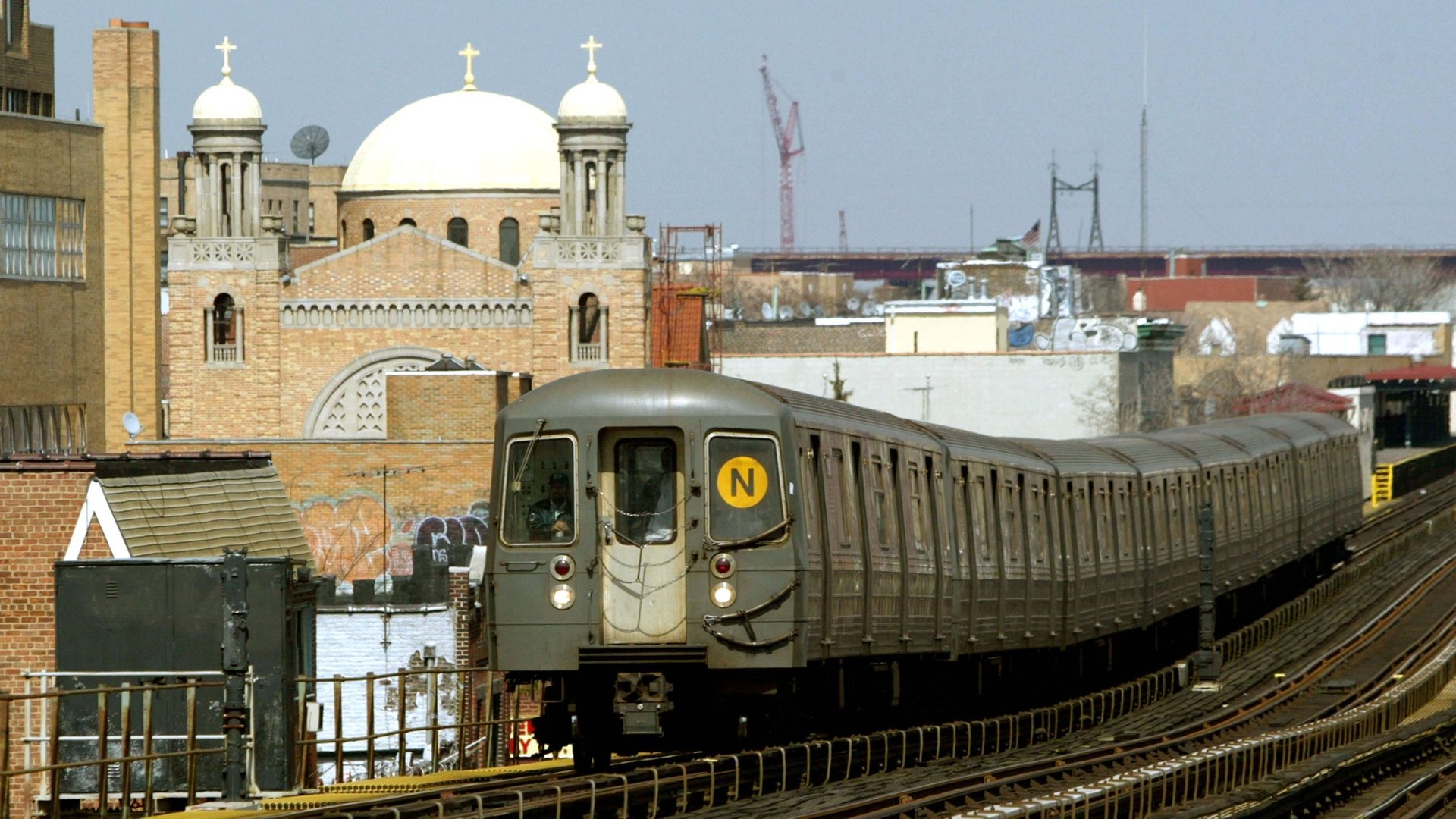New York City transportation data shows the return-to-office struggle is real
MTA data show that during ridership still wasn't back at full force during the post-Labor Day workweek.

The week after Labor Day was meant to be a firm deadline for the return-to-office push at a lot of Wall Street banks and other New York-based firms.
But the most recent data from New York’s Metropolitan Transit Authority (MTA) shows that while daily ridership on the subway and trains is generally on an upward trend, it’s still well below pre-pandemic levels.
There are a number of reasons why that might be. Some former commuters may work for companies that are now entirely remote. It’s also possible that some commuters were indeed heading to the office those days but opted for other forms of transportation. New York City’s Citi Bike program, for example, reported that people took a total of 138,372 rides on Thursday, Sept. 8—an all-time daily high.
But it’s worth looking at the in the context of the larger narrative that workers are resisting their employers’ pleas to abide by a fixed office schedule.
On Tuesday Sept. 6, the day immediately following Labor Day weekend, people took 3.1 million rides on the New York City subway system—about 58% of typical ridership levels on a pre-pandemic day, according to the MTA. On Wednesday, Sept. 7, subway ridership was slightly higher at 3.4 million, or 63% of ridership in the before-times.
Commuter trains are still emptier than they were pre-pandemic
Ridership on the Long Island Rail Road (LIRR) and Metro-North commuter trains in the days after Labor Day weekend was also significantly below pre-pandemic rates.
On the LIRR, ridership on Sept. 7 (Wednesday) was at 77% of the monthly average ridership in 2019. On Metro-North, ridership that day was at 70% of the 2019 monthly average.
Over Labor Day weekend, by contrast, ridership on the LIRR and Metro-North was at close to 100% of the trains’ pre-pandemic averages. That suggests the decline in weekday ridership rates can’t be explained by people who’ve moved away or are avoiding trains entirely.